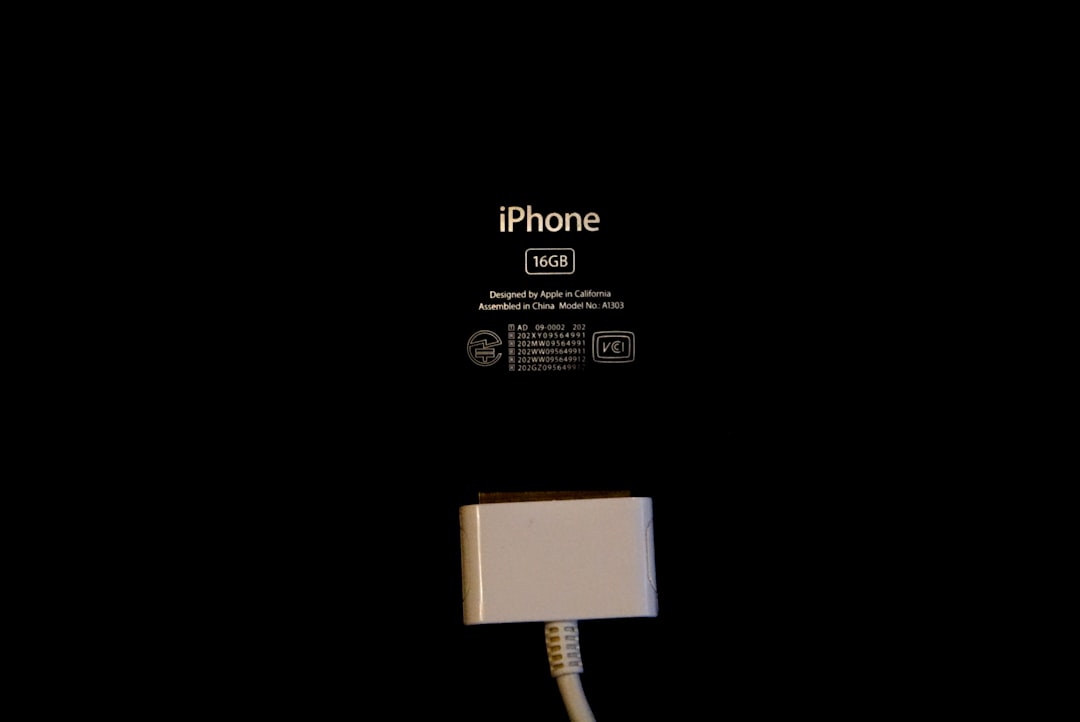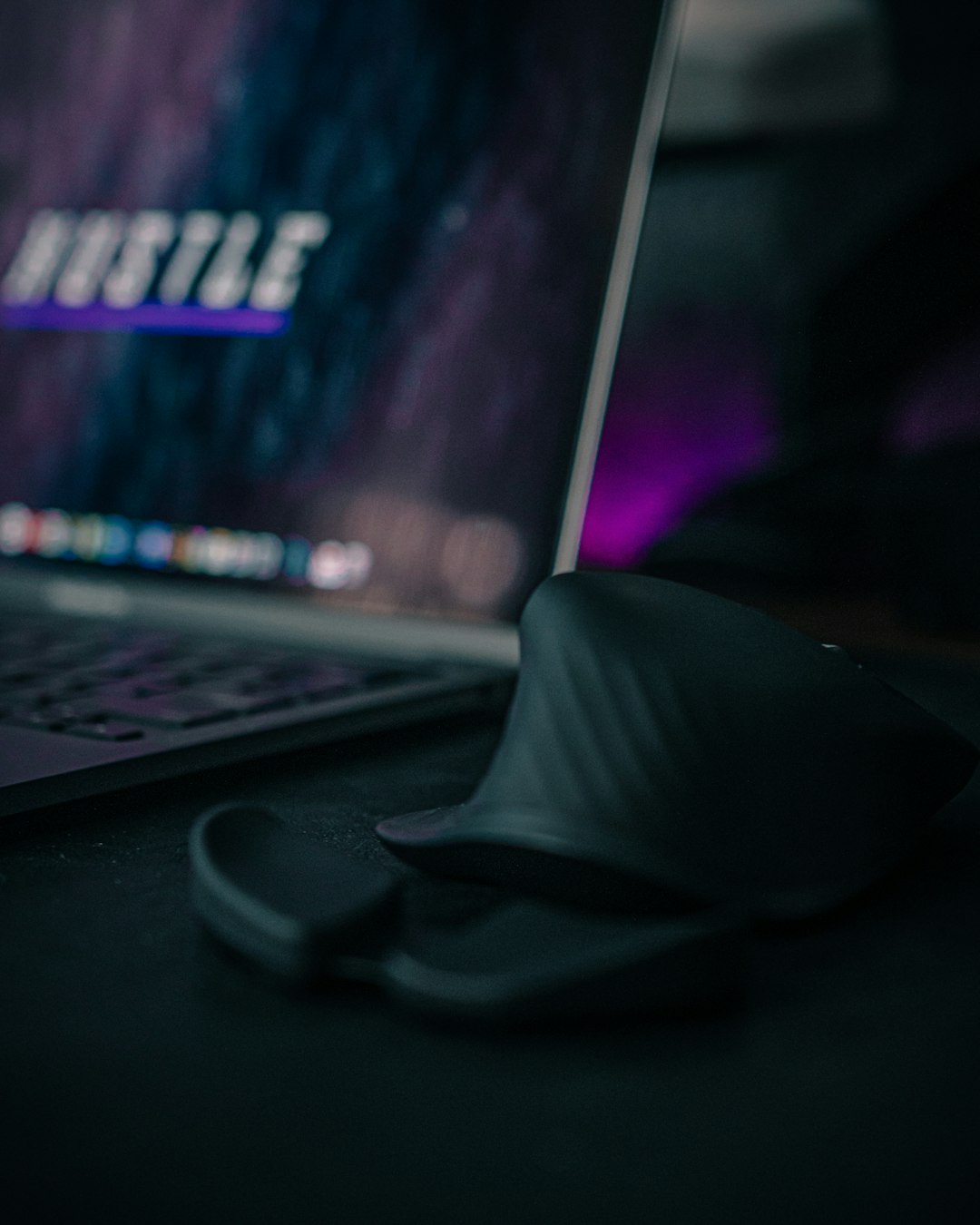Are you encountering the dreaded *iTunes Error 0xe800002d* when trying to connect your iPhone or iPad to your computer? You’re not alone. Many users face this frustrating popup that prevents iTunes from recognizing their device. The error often appears unexpectedly, breaking synchronization and backups just when you need them most. But don’t worry – there’s good news. You can fix iTunes Error 0xe800002d in minutes with the right approach and a few simple steps.
This error generally points to a communication issue between iTunes and your Apple device. Whether due to corrupted files, outdated software, or faulty USB connection, understanding the root cause is the key to resolving it quickly.
What Causes iTunes Error 0xe800002d?
The error most commonly occurs due to:
- Corrupted or outdated iTunes installation
- Problems with Apple Mobile Device USB Driver
- Blocked connection by third-party security software
- Outdated device software or firmware
- Connection interruptions via faulty USB cables or ports
Regardless of the cause, the fix is usually straightforward. Read on to follow a step-by-step guide to eliminate the error and restore harmony between your device and iTunes.
Step-by-Step Solutions to Fix iTunes Error 0xe800002d
Try these solutions in the order listed below. One of them is likely to solve your problem immediately.
1. Restart Your Devices
Sometimes, the solution is as simple as turning everything off and back on. Restart both your computer and your Apple device. After restarting, try reconnecting again.
2. Check Your USB Connection
- Use an original Apple USB cable.
- Try a different USB port on your computer.
- If possible, use another computer altogether.
Faulty or incompatible cables and ports can interrupt the connection, leading to the 0xe800002d error.

3. Update iTunes and Device Software
Ensure both iTunes and your iOS device are running the most recent software versions. To update:
- On a Mac, open the App Store and check for updates.
- On Windows, open iTunes and go to Help > Check for Updates.
- On iOS, go to Settings > General > Software Update.
Outdated software is a common culprit behind many iTunes errors, including 0xe800002d.
4. Reset the Lockdown Folder
The Lockdown folder contains security certificates essential for your iOS device to communicate with iTunes. Deleting it may help resolve communication issues.
For Windows:
- Press Win + R, type %ProgramData% and hit Enter.
- Navigate to Apple > Lockdown.
- Delete all files in the Lockdown folder.
For macOS:
- Open Finder and press Cmd + Shift + G.
- Go to /var/db/lockdown.
- Delete the contents of the folder.
After resetting the folder, reconnect your device and approve the “Trust This Computer” popup.
5. Disable or Uninstall Third-party Security Software
Antivirus or firewall applications may block iTunes from connecting to your Apple device. Temporarily disable third-party security software and try again. If the issue resolves, consider adding iTunes to the software’s exception list.

6. Reinstall iTunes Properly
If the error still persists, uninstall iTunes completely, including any related Apple software like:
- Apple Software Update
- Bonjour
- Apple Mobile Device Support
- Apple Application Support
Then, download the latest version of iTunes from the official Apple website and reinstall it. Reboot your system and try connecting your device again.
When to Contact Apple Support
If none of the methods above resolve the issue, it’s time to reach out to Apple Support. There could be a deeper system error or hardware-related issue requiring professional intervention.
Conclusion
iTunes Error 0xe800002d may be annoying, but it’s rarely unfixable. Most users find success using the basic troubleshooting steps above. Whether it’s a simple reconnect or a complete reinstall of iTunes, you’re now empowered with the right tools and knowledge to fix the issue confidently and efficiently.
Don’t let one popup ruin your syncing experience. Take action, fix the error – and reconnect with ease.
